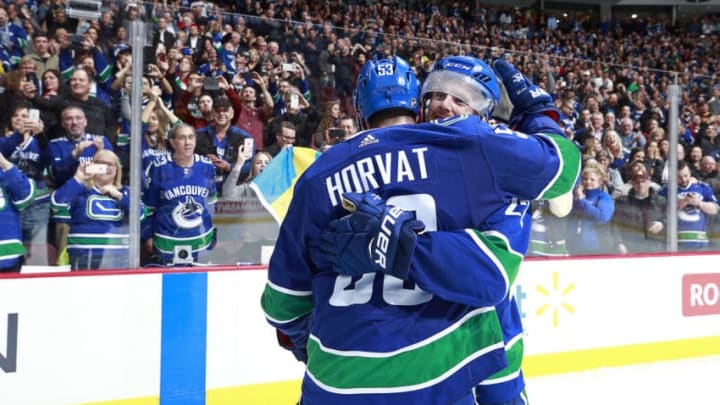
The Vancouver Canucks have missed the playoffs for the fourth time in a row. Is this 2000 or 2019? This article compares the team that started the last golden era of hockey to the team that may end the dark ages.
The generational gap between 1999 and 2018 is a big one, between then and now the Vancouver Canucks have had two arguably three future Hall of Famers.
They also had a heartbreaking Stanley cup final loss, are on their fourth general manager, their fifth coach, and have yet to name a captain. And yet, they have began to repeat history.
We have seen some amazing players pass through the team in the past 20 years as well as some not so great players, this next wave is starting to mirror what we saw almost 20 years ago. I am looking exclusively at these two Canucks’ seasons, and not taking into consideration who they added in the off-season due to the fact that this off-season has yet to transpire.
No captain my captain
While technically the 1999-2000 Canucks did have a captain, in Vancouver his name shares a similar disgust to Voldemort in Harry Potter. The ‘C’ on his chest was a placeholder, he divided the team instead of unifying them, it’s another rant for another time.
In 2018, Henrik Sedin had just retired and while lots had hoped that Bo Horvat would receive the ‘C’ management had decided to keep the team captain-less through the 2019 season to make the correct decision. Horvat this year was more of a captain than Voldemort was in his tenure here.
